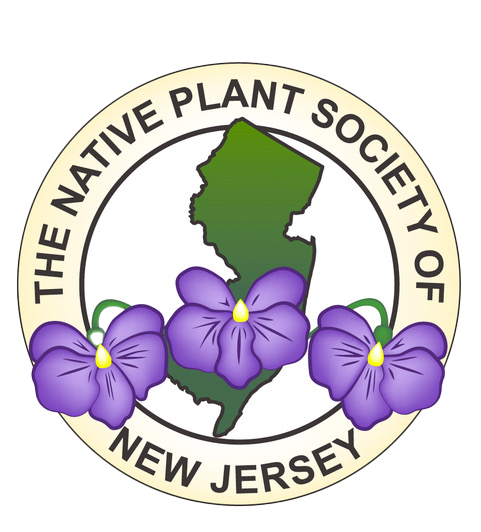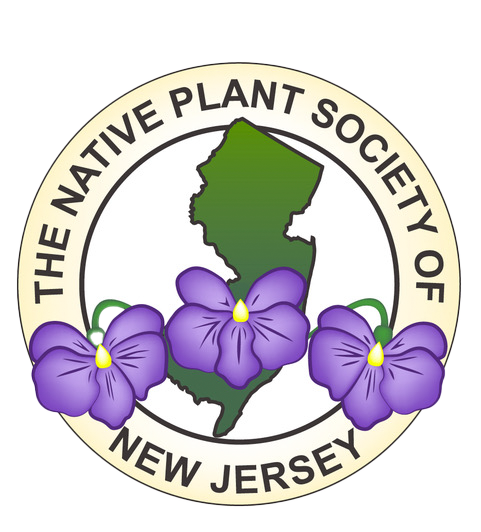The Native Plant Society of New Jersey is a statewide non-profit organization dedicated to the appreciation, protection, and study of the native flora of New Jersey. Founded in 1985, we have hundreds of members across the state, and are organized into county and regional chapters. Our members include gardeners, horticulturists, naturalists, landscape designers, students, and native plant enthusiasts from all walks of life.
We conduct regular lectures and presentations with featured speakers on topics ranging from introduction to native plants, gardening with natives, identification and appreciation of the beautiful flora and ecosystems of New Jersey, ecological landscaping, and much more. Our annual meeting is a must-attend event for anyone involved in the native plant movement in New Jersey. We organize nature walks and garden tours, dispense advice on design and maintenance of native gardens and landscapes, and have helped establish native plant gardens around the state.

All persons shall have equal opportunity and access to Native Plant Society of New Jersey programs without regard to race, color, sex, religion, national origin, age, marital status, parental status, sexual orientation, gender identity or gender expression, or disability.
